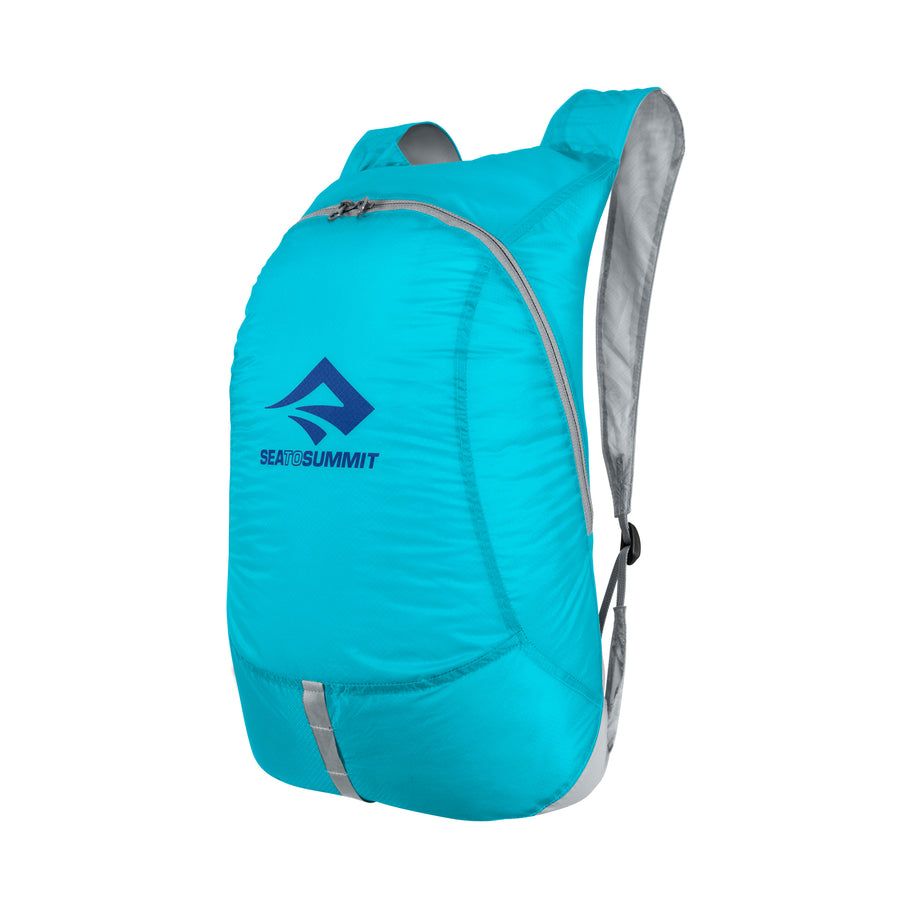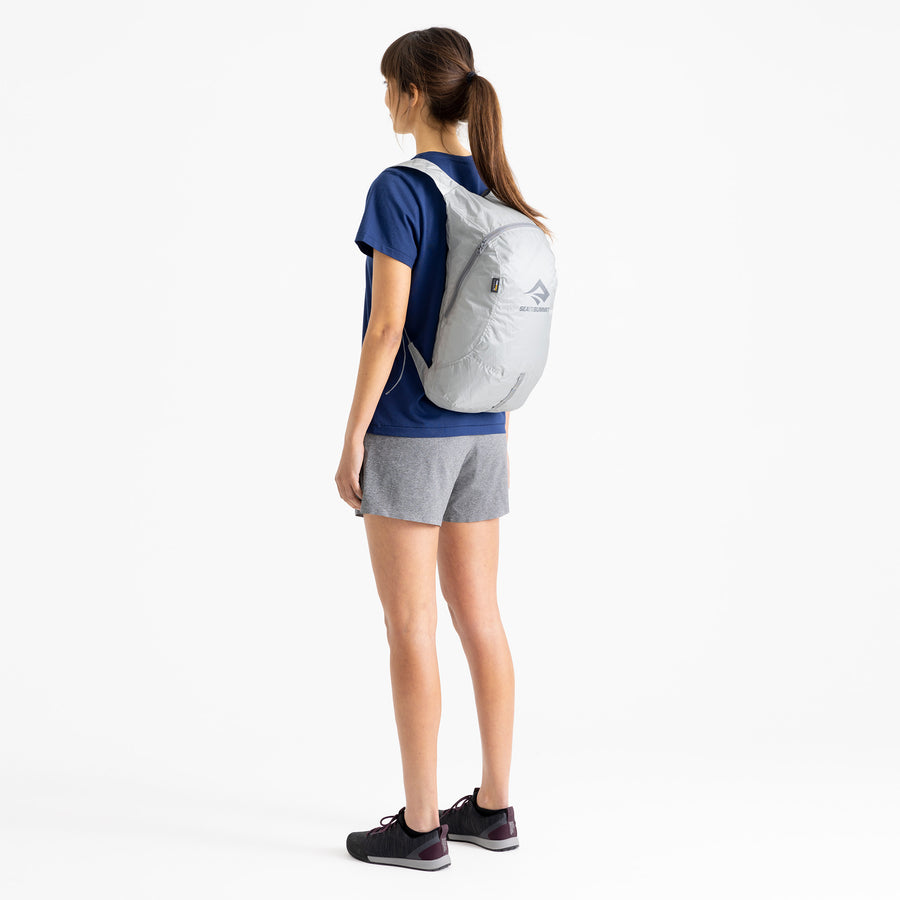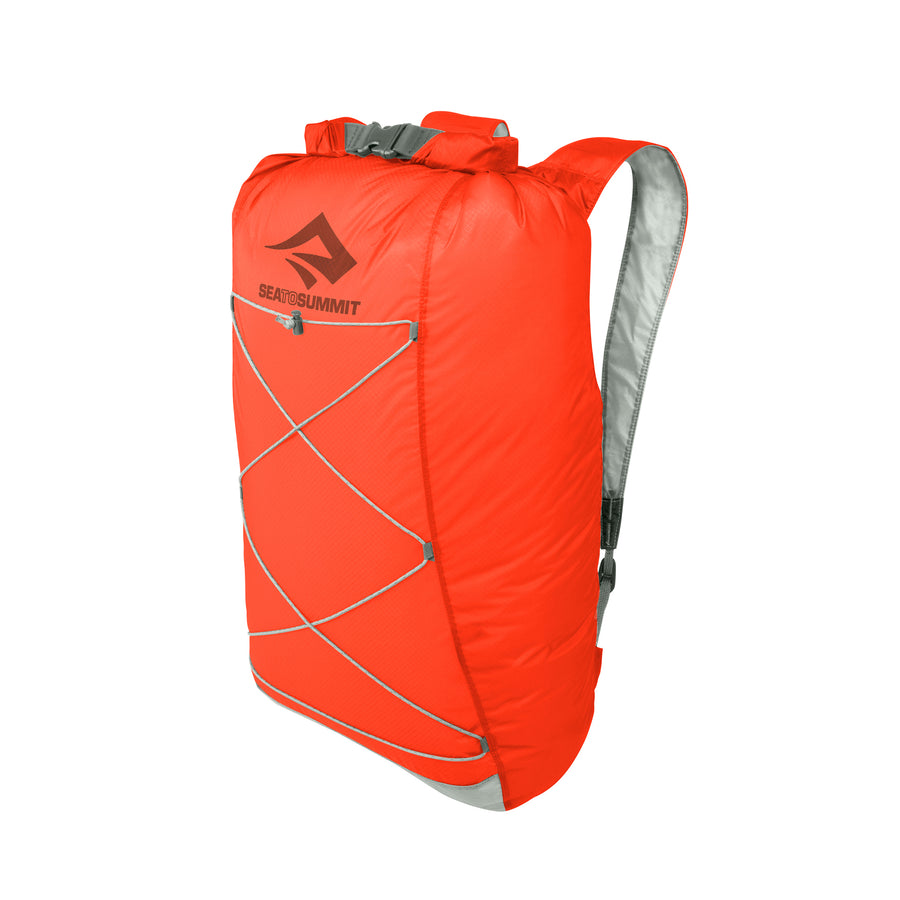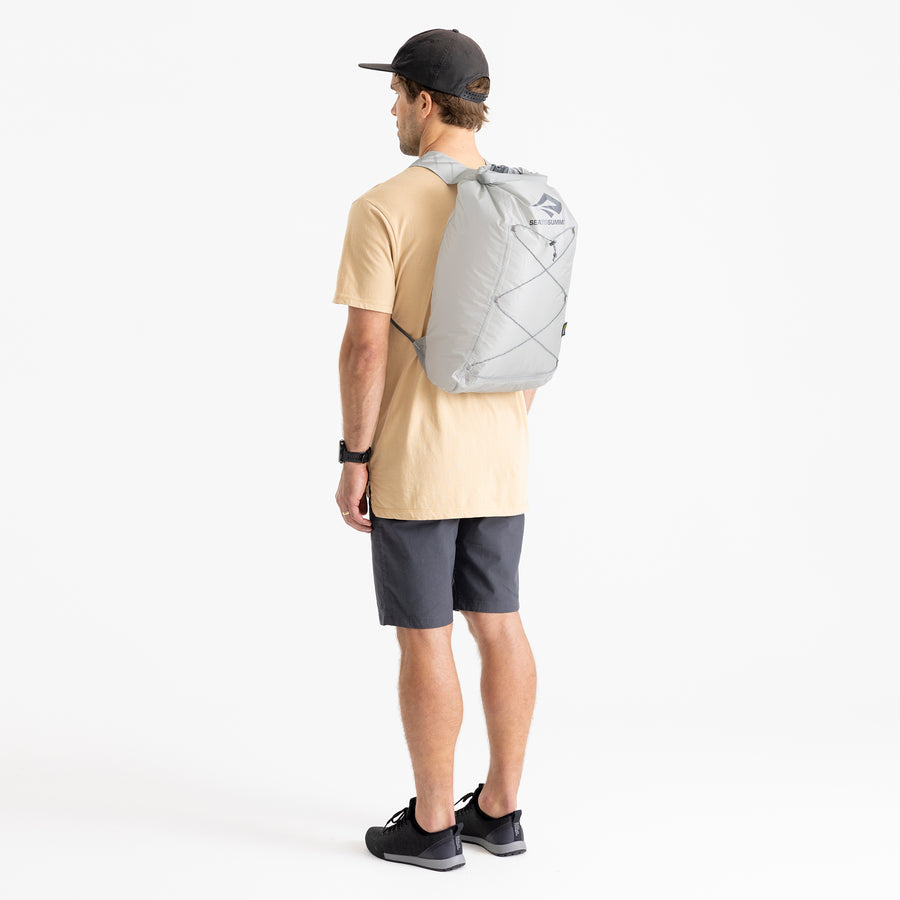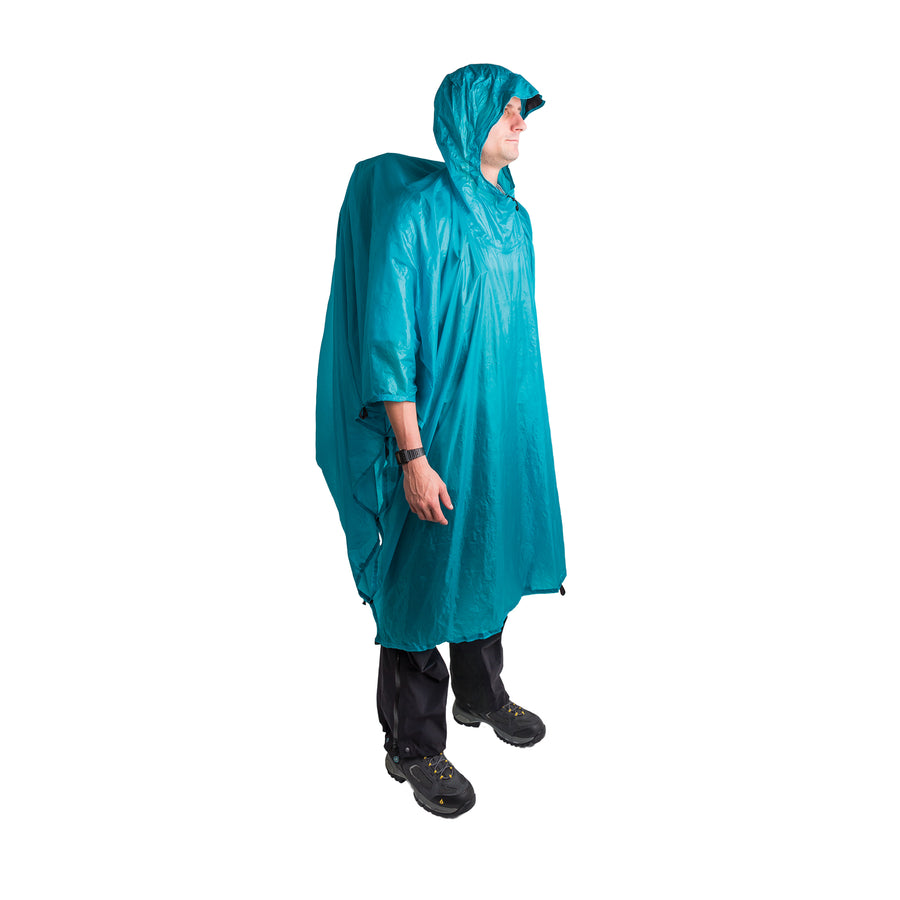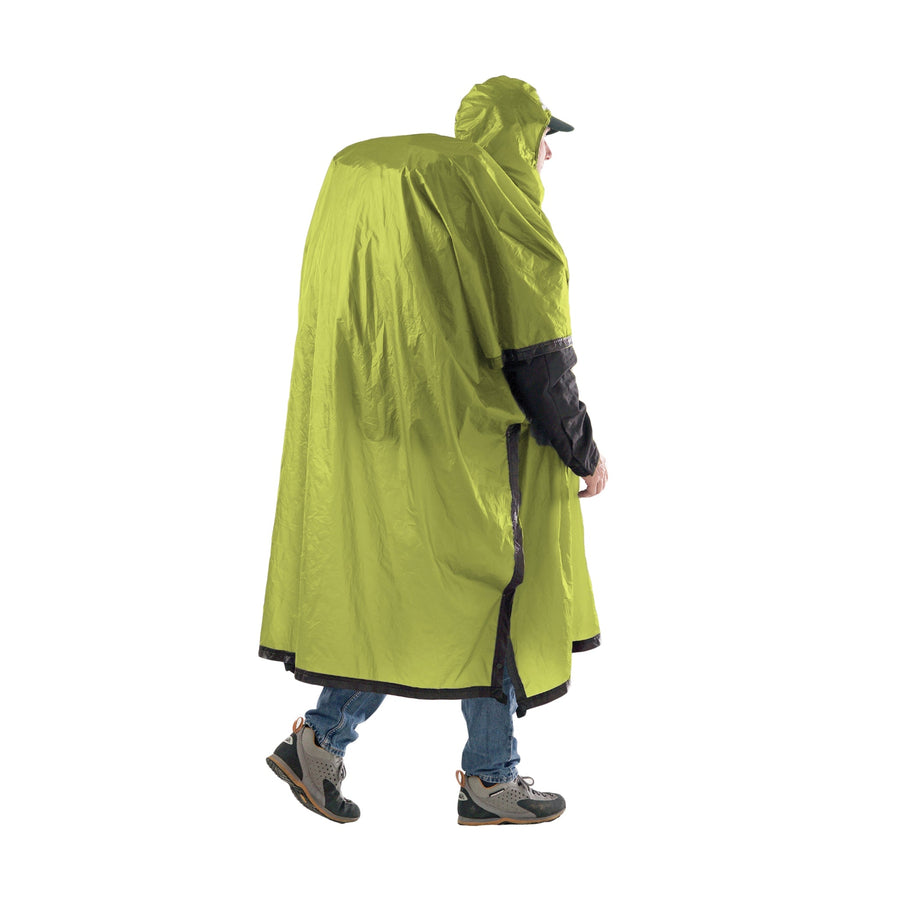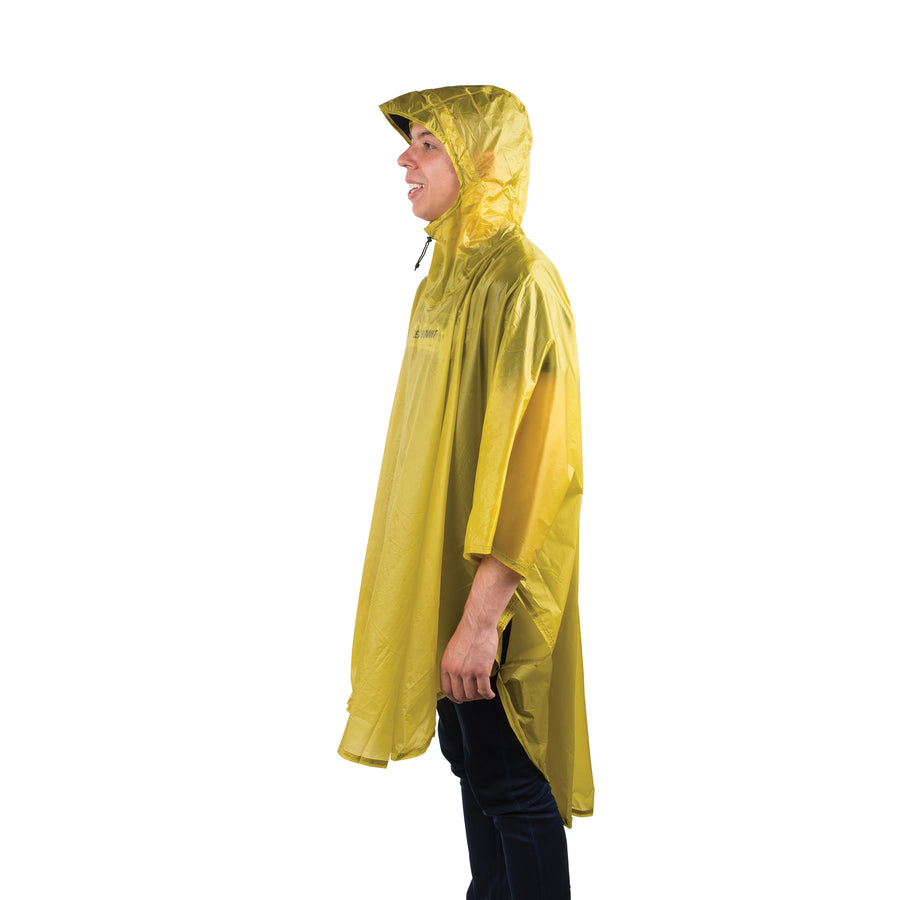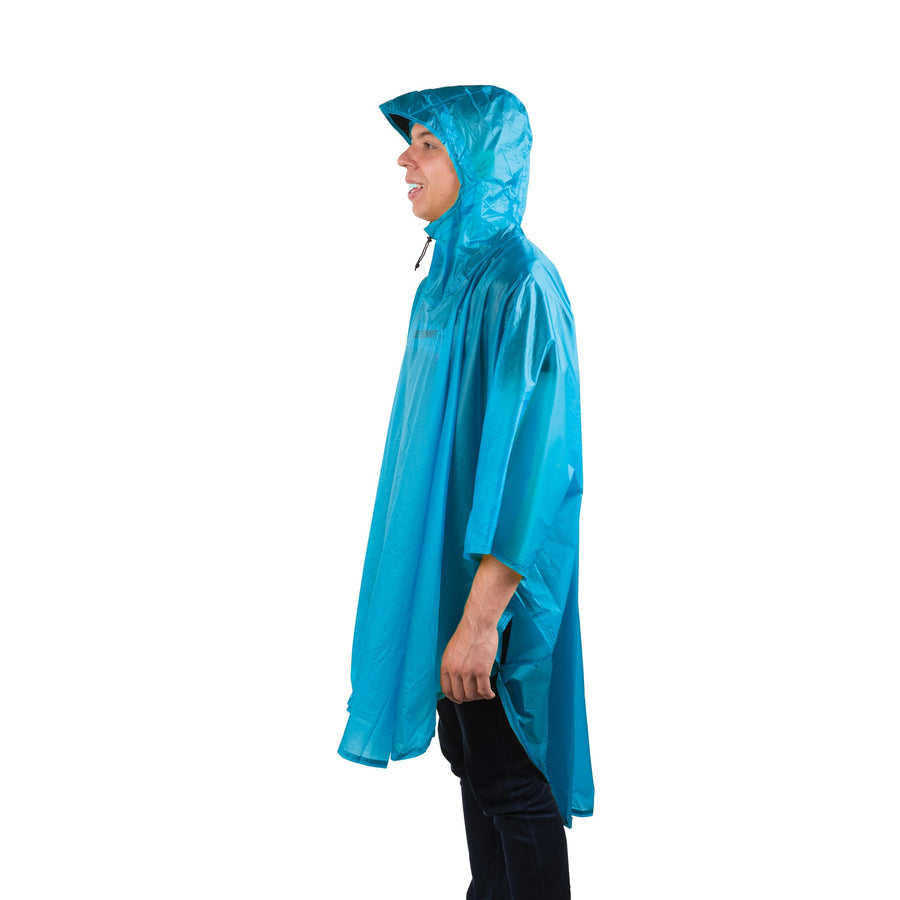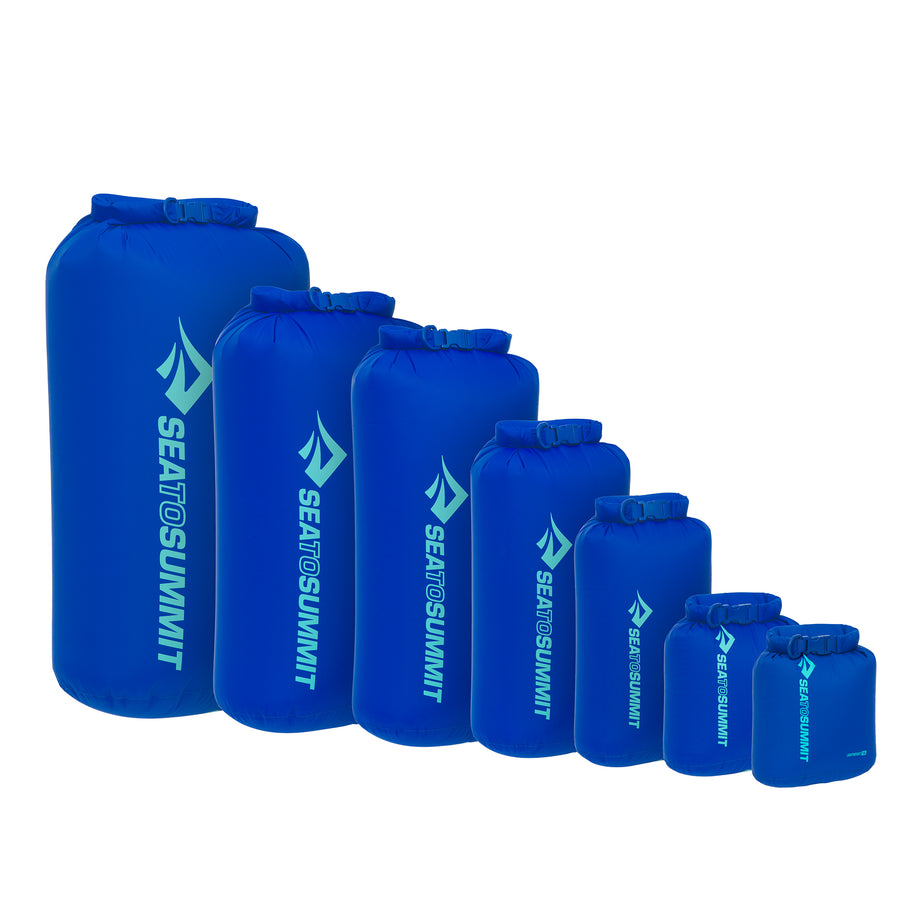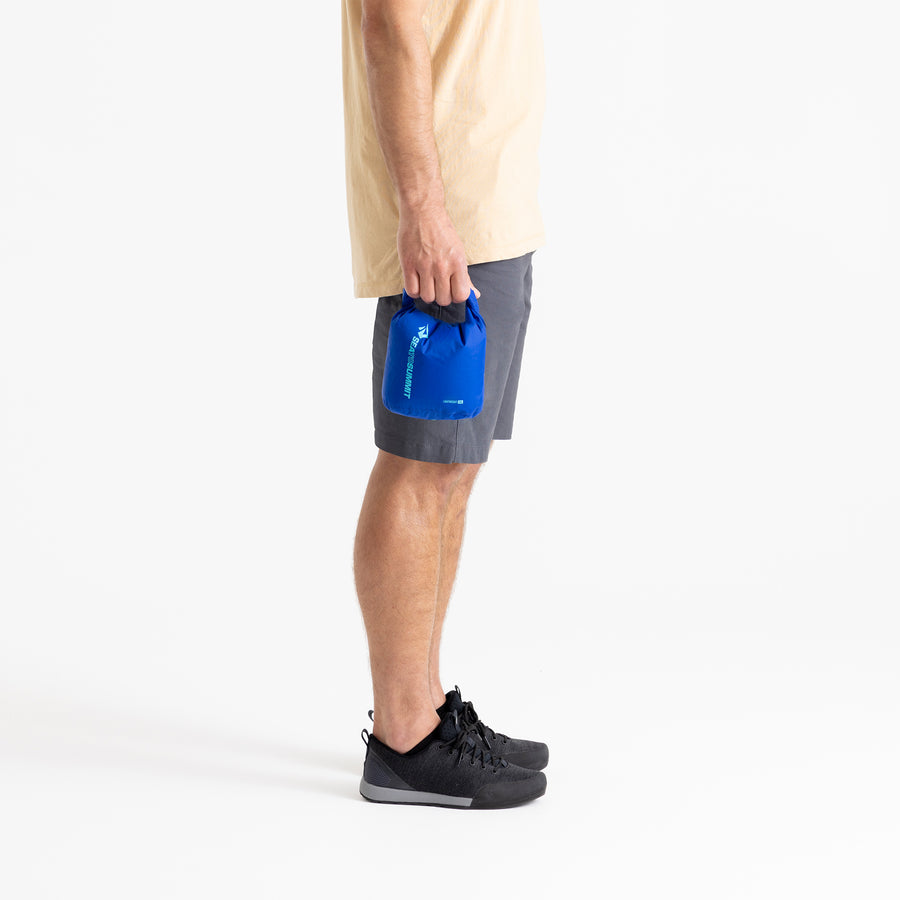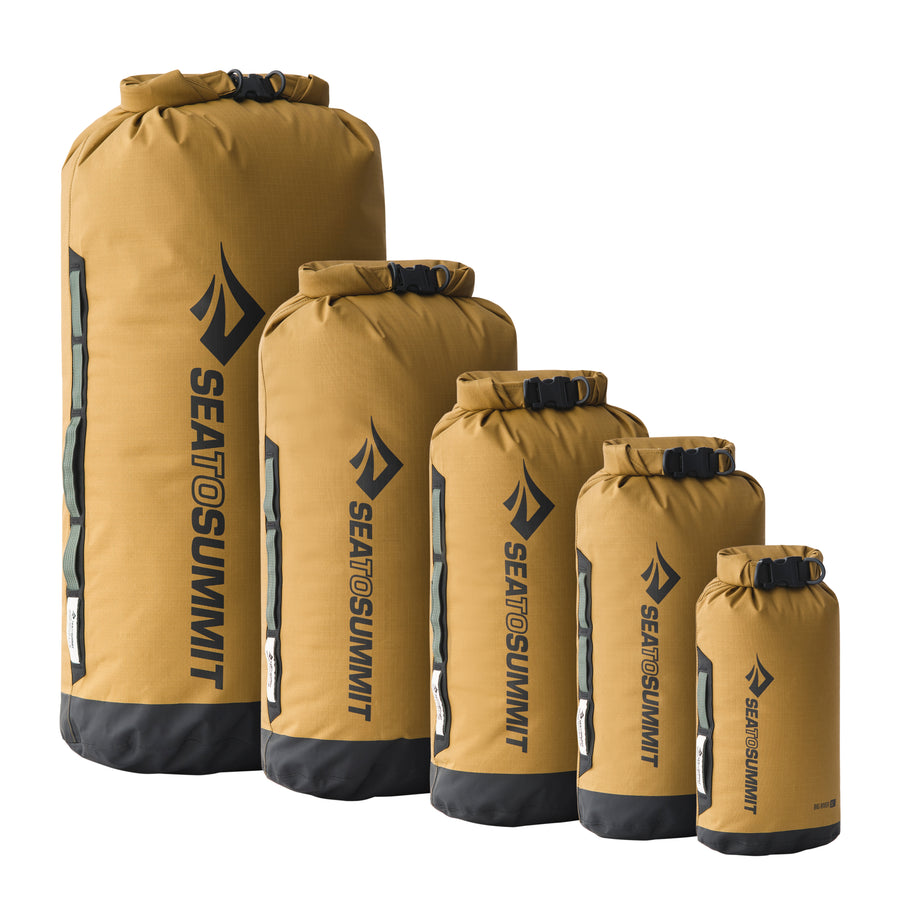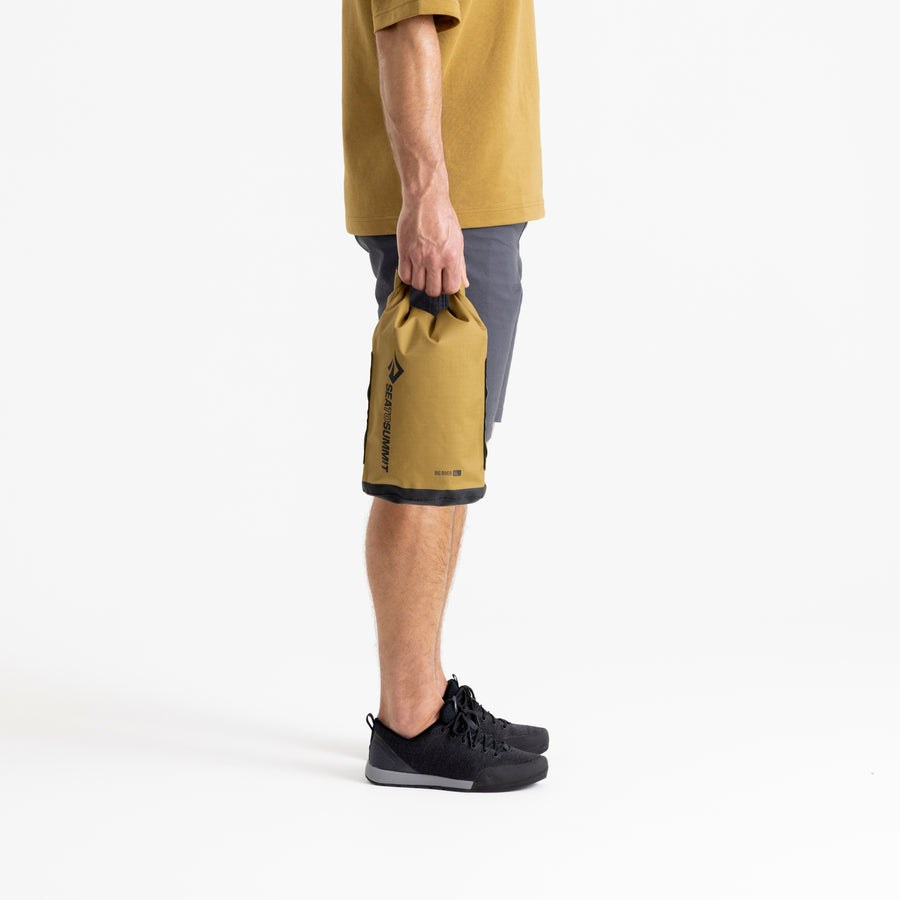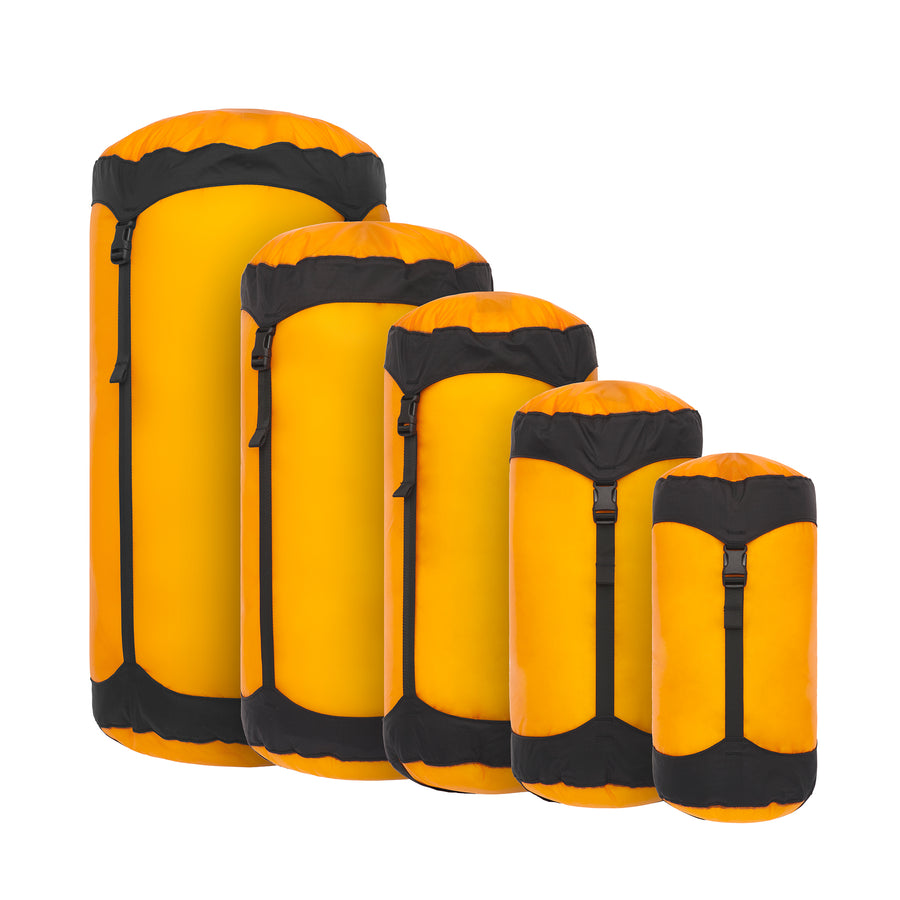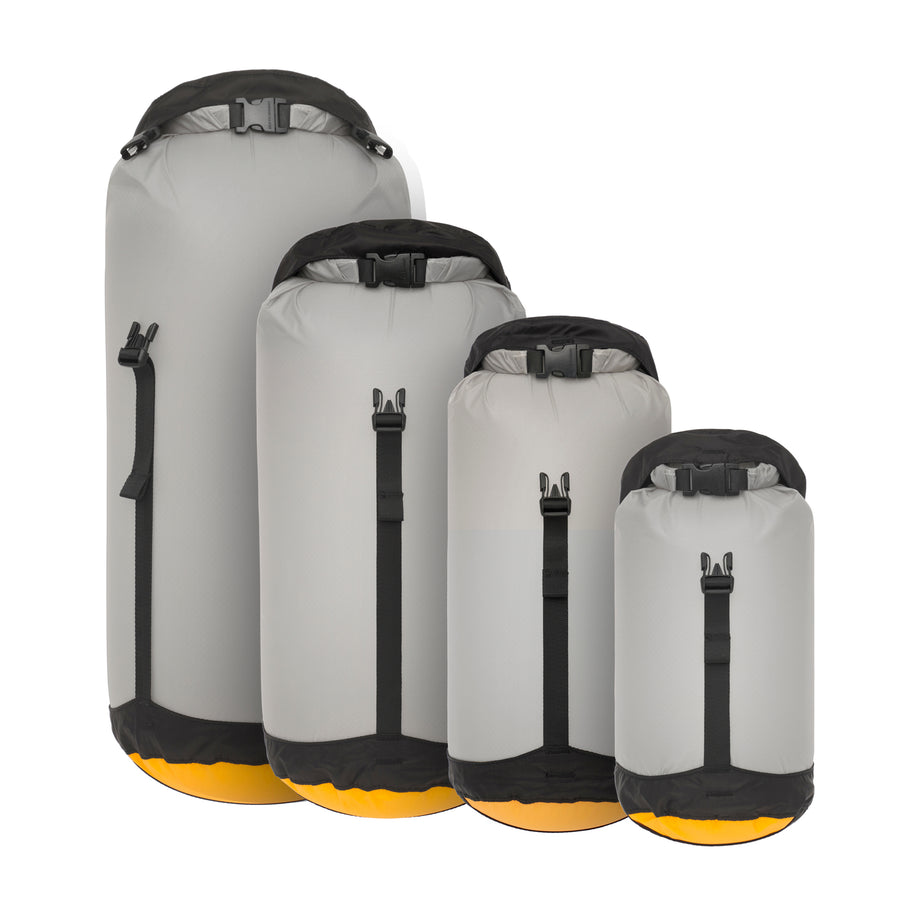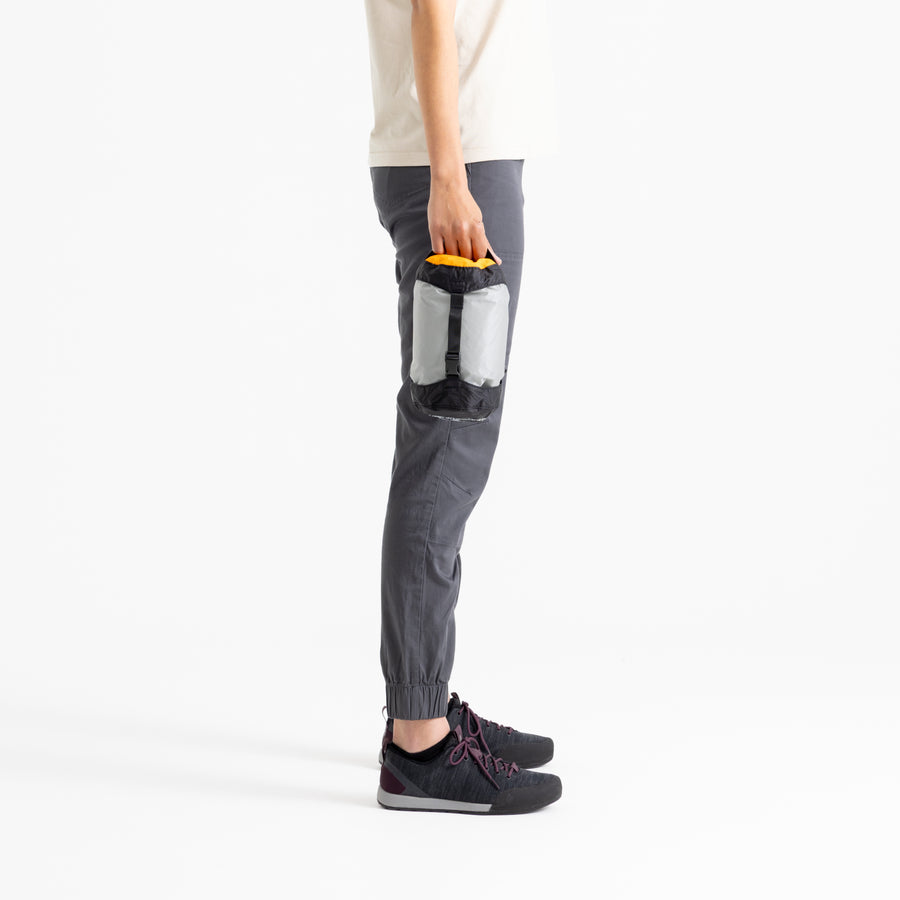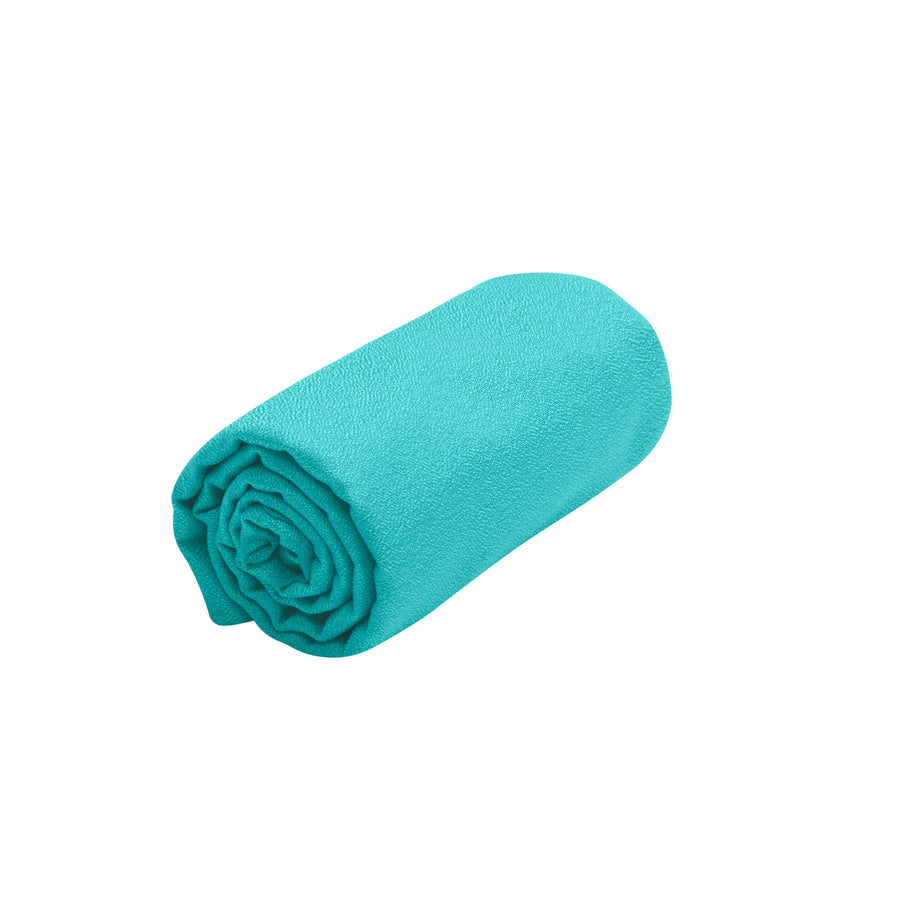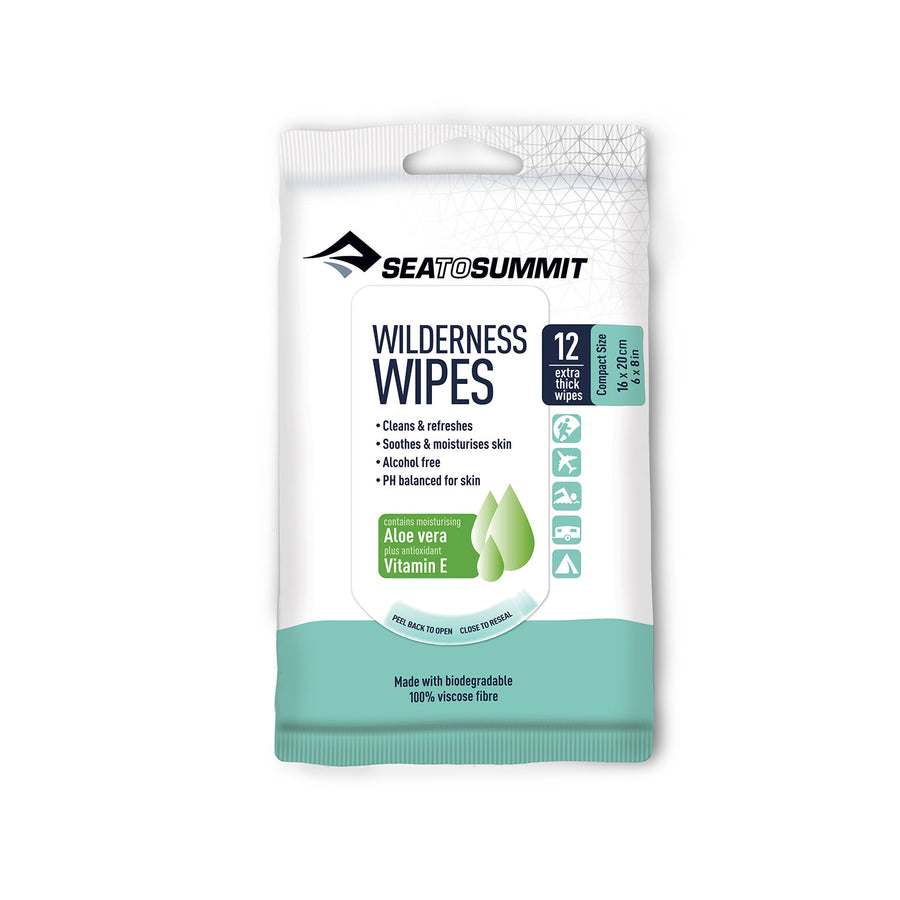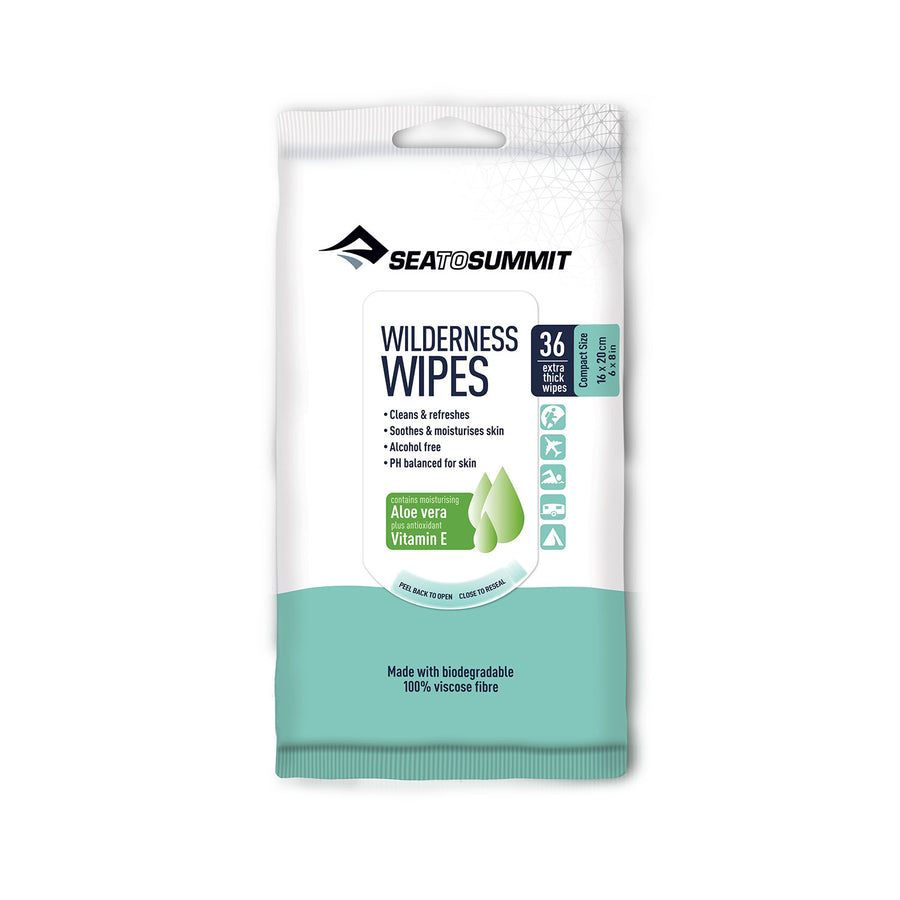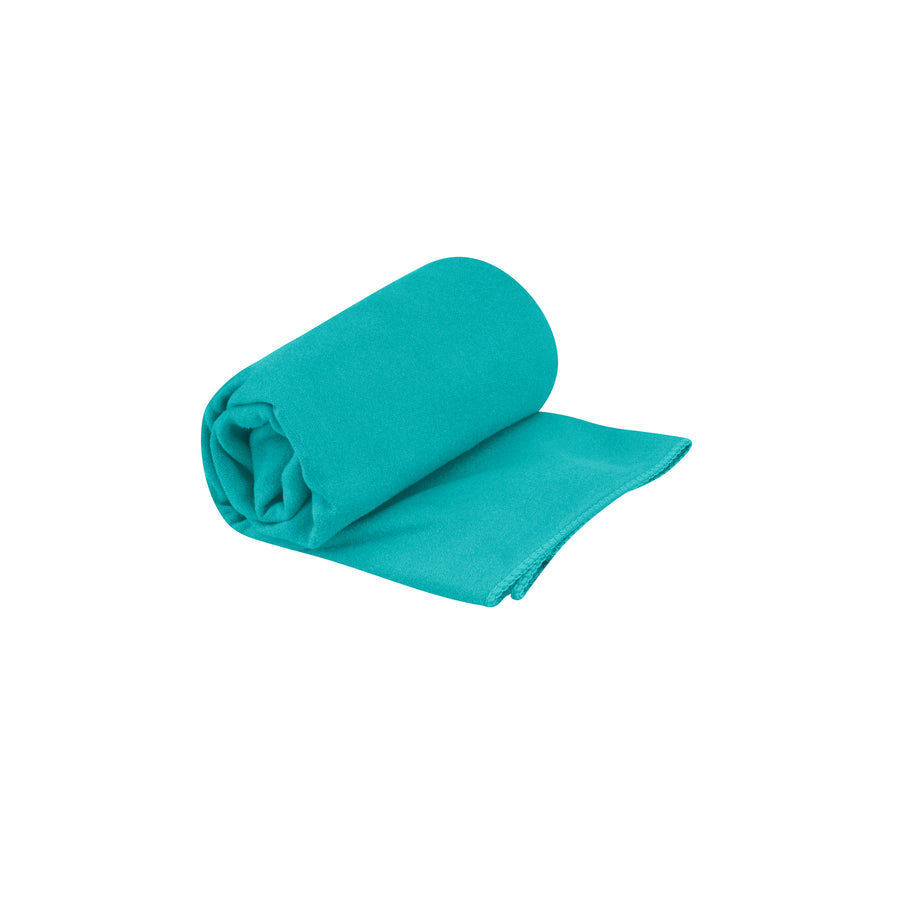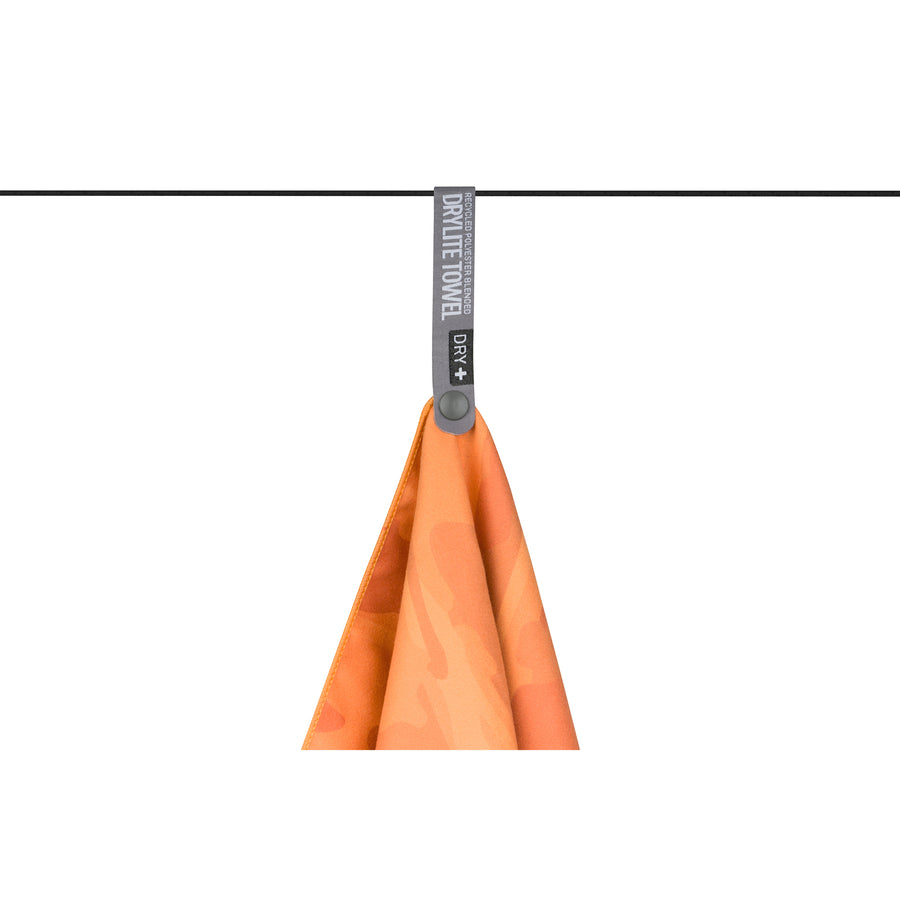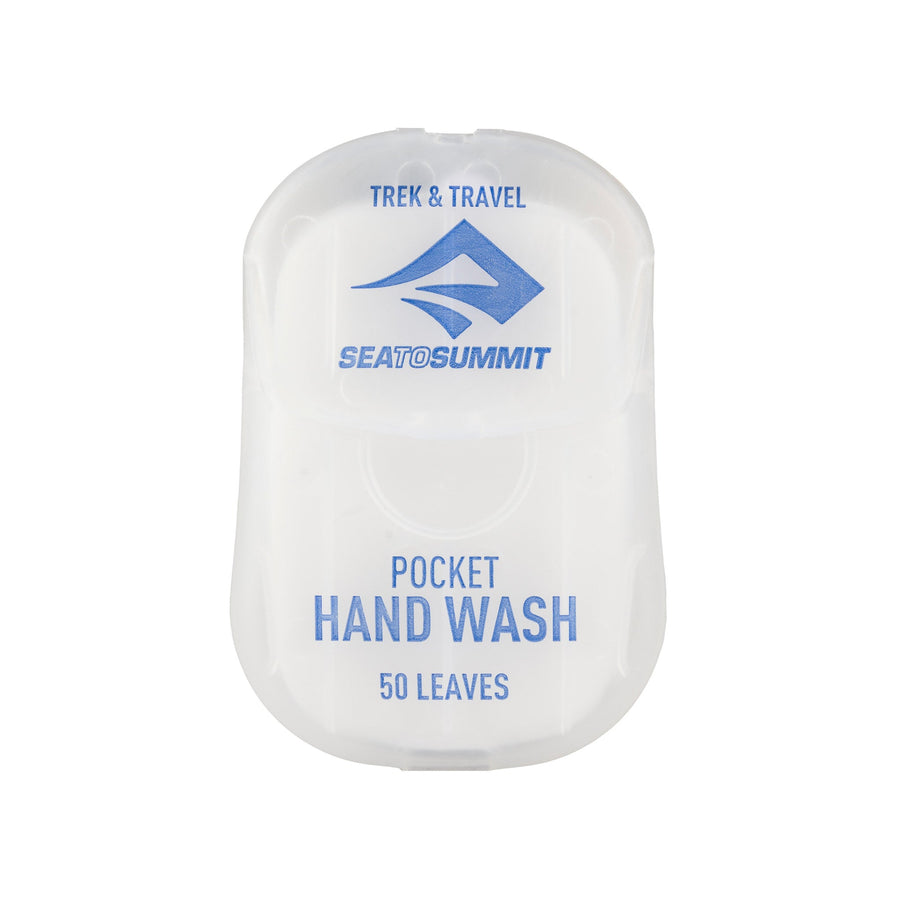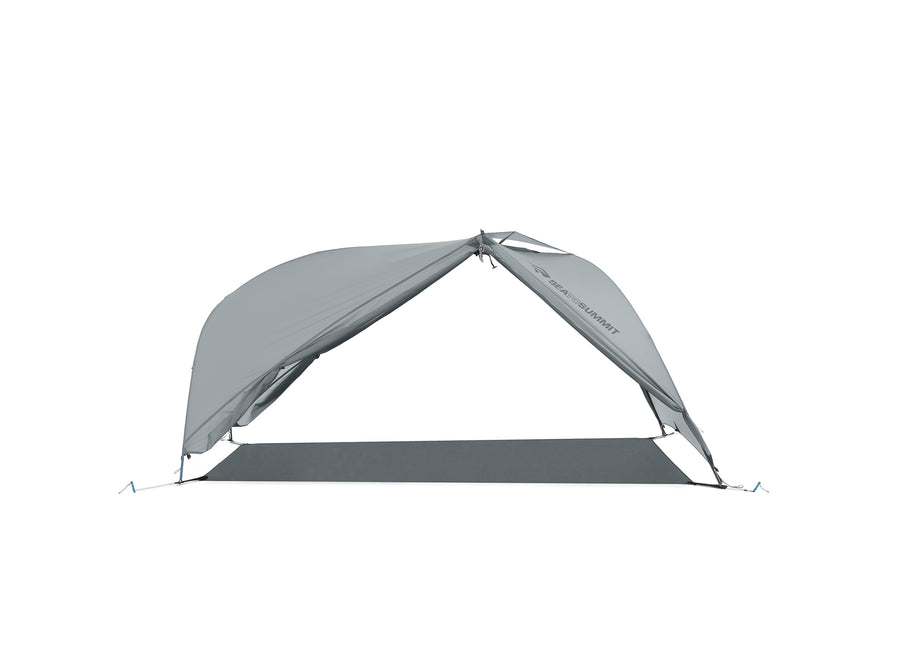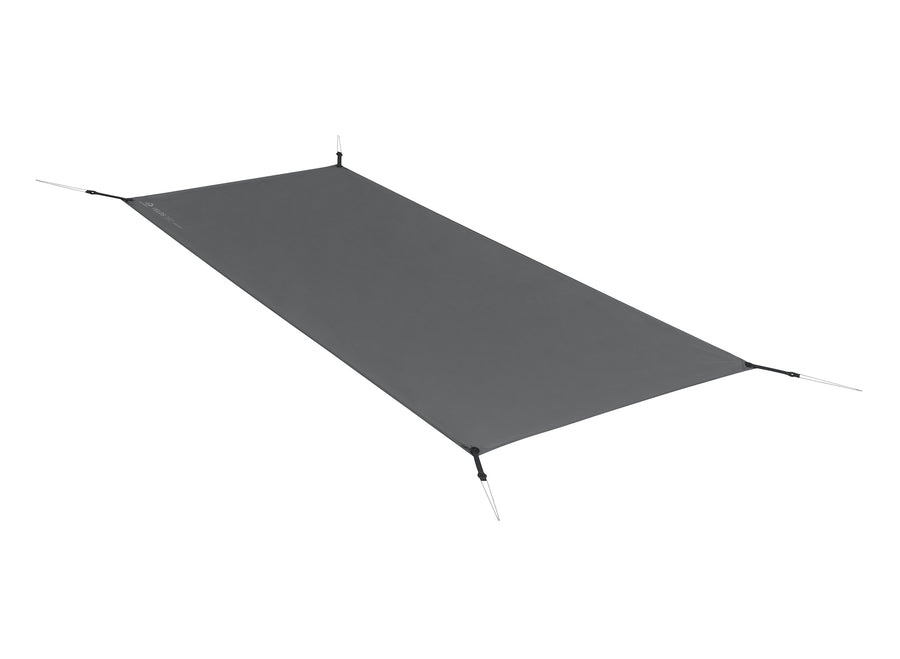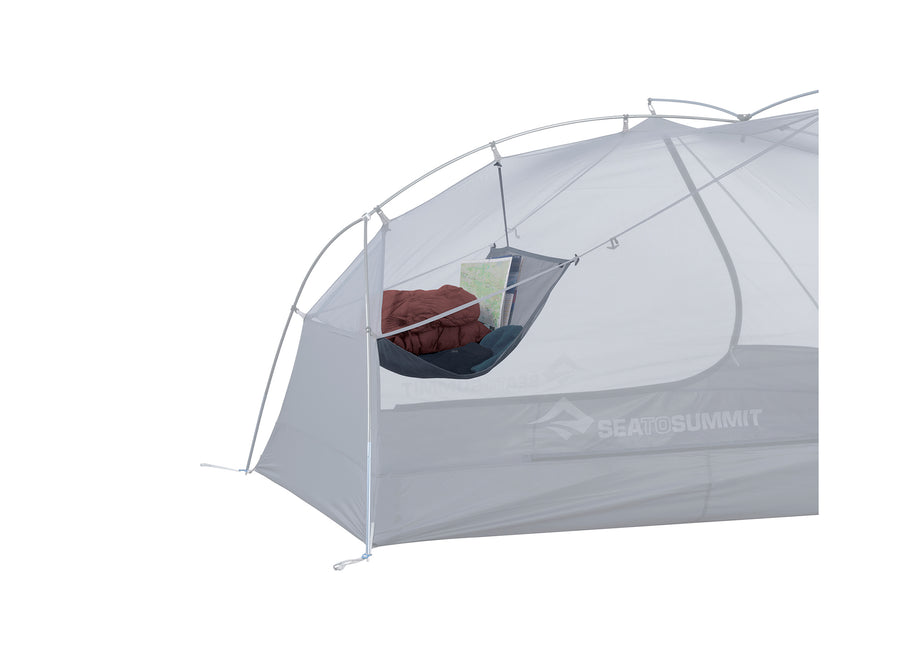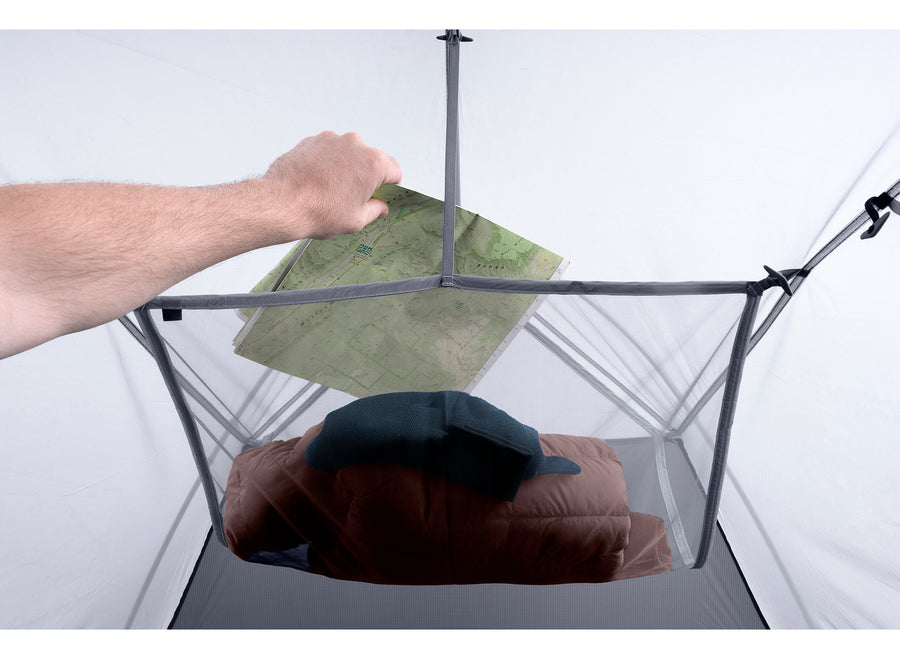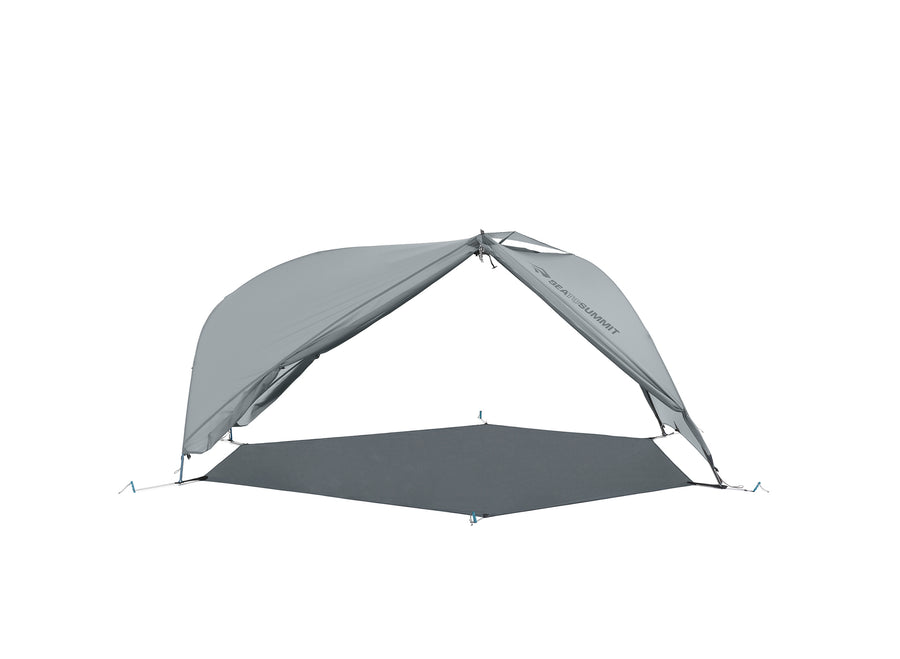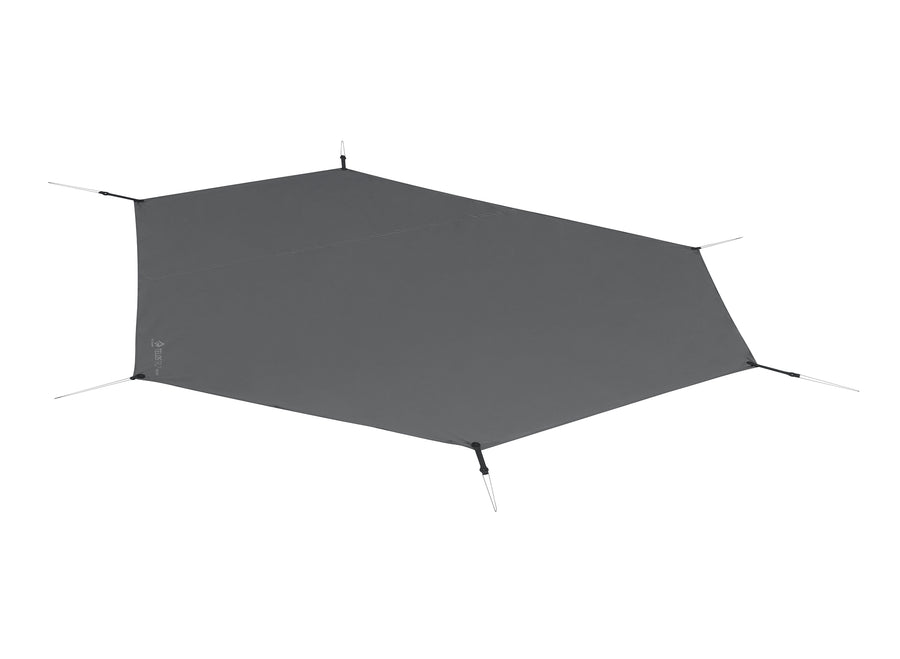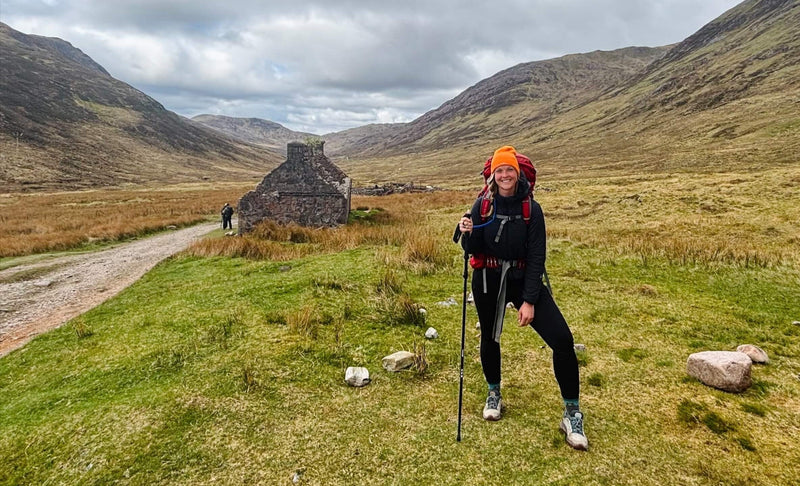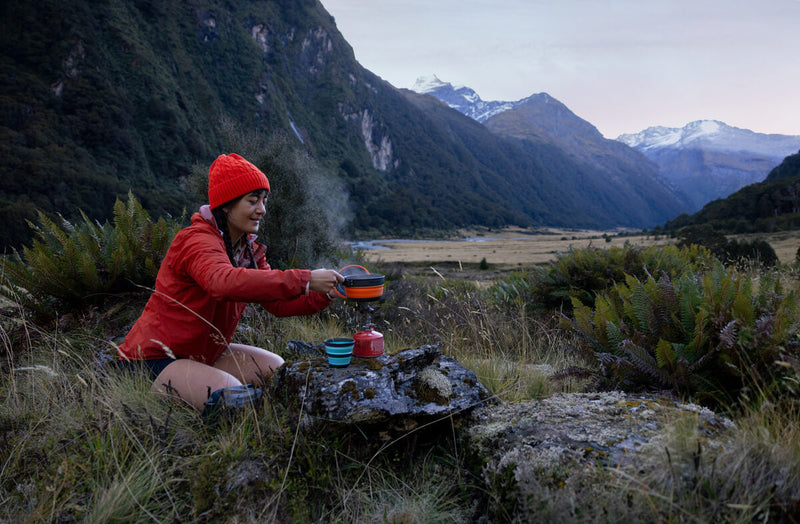How to pack a backpack for hiking
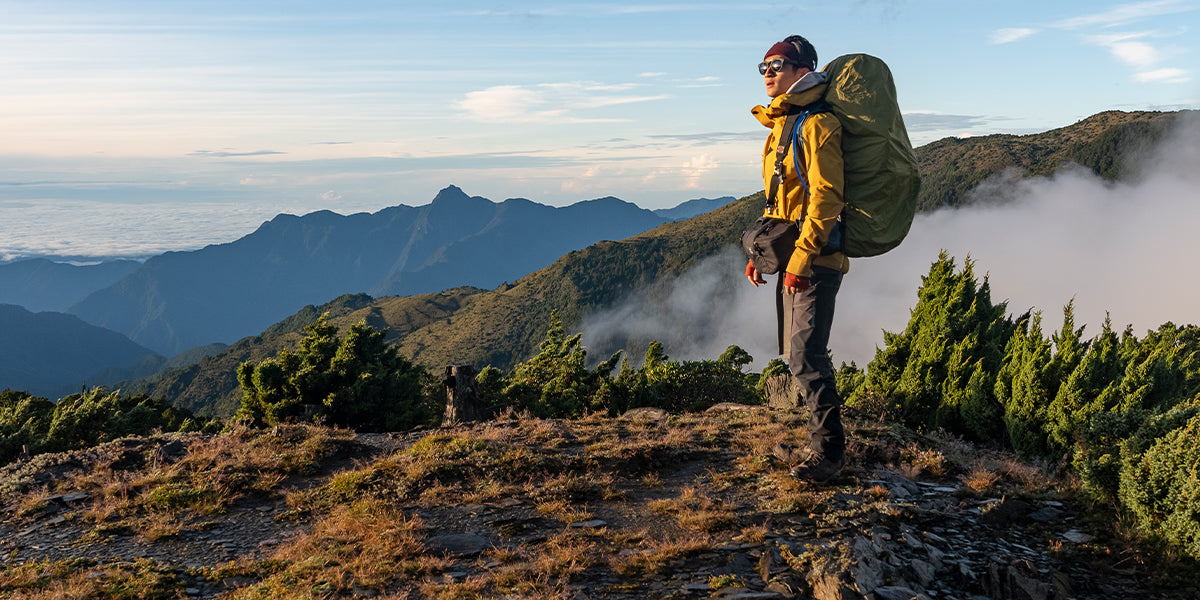
A well-packed backpack makes your hiking far more comfortable and convenient. When I packed my backpack on the first day of the Te Araroa, the 3000km trail, I had NO clue what was going on. I hadn’t read a “how to pack your backpack” article before I left, and I made some very time-consuming mistakes.
As I was hiking and meeting other hikers, I soon discovered that while there is no right way to pack a backpack, there are some guiding principles that make packing a backpack much easier.
Here is what I learned.
It’s In the Bag
Choosing the right bag for your trip is going to define how you pack it. How long is your trip? How much food and water are you going to carry? How much clothing do you need? If you’re going on a short overnight trip, sure you can probably borrow Uncle Bobs backpack from the 1980s. But if you’re going on a multi-day hike, you need a good bag with well-placed pockets and pouches to make your hike more convenient. It's a good idea to visit a retailer and make sure you have the best fit possible. An uncomfortable pack is not fun on any hike.
Only Take the Essentials
We’ve all over packed before. Learning what is essential is part of the hiking journey, but the main guiding principle is to make your pack as light as you can (without impacting your safety). Lay it all out on the floor. You’ll be amazed how many things can fit inside a well-packed bag.

Your first few trips you’re going to overpack. Take some short practice trips and see what you use and don’t use. Frankly, if you’re comfortable 80%-90% of the time, that’s pretty amazing. You don’t need to carry an extra few pounds to be comfortable 100% of the time. Trust me, you’ll regret it when you have to carry that backpack for hours on end each day.
Layering
Backpacks can be broken down into a few different layers based on weight and use. The heavier items want to be close to your back to maintain your centre of gravity. The least used items go down the bottom, and the items you might need during the day go at the top. This way you won’t have to rummage about and pull everything out of your pack.
Bottom Layer: This is where you put the things you won’t need during the day while you hike, like your sleep system (bag, pad, pillow). I have my tent here, as I have a separate pocket I can use for it, and it’s very lightweight.
Middle Layer: This is where you put your heavier items. You want to maintain your center of gravity. You can do this by packing your heavy items as close to your back as possible. This usually means your food and any other heavy items. If you have a water bladder it should also go here.
Top Layer: This is where you place your most used items. Or the items you want to be able to grab quickly when needed, like your puffy jacket. This can change based on the hiking day. I take note of anything I had to rummage for the previous day and make sure I have easier access to it. Some backpacks have separate compartments like a brain, for you to store things in. My very top compartment is where I store my daily snacks and lunch, my headtorch and my first aid kit.
The Kangaroo Pouch
The front pocket is incredibly stretchy and fits a variety of items. Because it’s outside your pack, it’s a great spot for any items that might damage things in your pack, that doesn’t need to be kept dry or might get dirty. I put my potty trowel here, it’s easy to see and grab, and it keeps any dirt or moisture out of my pack. I also put my water filter here, the filter usually has some water left inside that drops out during the day, and so here it won’t impact any of my other gear. Along with my rain jacket, if it’s wet it won’t impact my other gear, and I want to have fast access to my jacket if it starts raining.
Side Pockets
This is the best spot for water bottles. They’re easy to grab from here and put back while you hike.
Hip belt pockets - muesli bars or other small snacks, a little tube of sunscreen and lip balm, my phone (in a waterproof bag). And any other high use items I don’t want to have to grab from within my pack. If you don’t have hip pockets, then I can highly recommend investing in a bum bag for convenience’s sake.
I use a carabiner to attach my emergency beacon to my shoulder strap. If I fall over and injure myself, or get stuck, I don’t want to have to take my backpack off to grab my beacon out and call for help.
Organization
- I used zip lock bags for my toiletries, because they’re waterproof and see-through. And I used lightweight dry bags for everything else
- My electronics, including batteries and charging cables, memory cards
- My camp clothes
- My food - this has the added bonus of keeping the smell trapped in to stop any critters trying to nibble their way in
Waterproof
Nothing ruins a hiking day more than soggy gear, that's why I use a waterproof pack liner. It goes inside my bag, and I pack most of my layers inside.
In the past, I had my rain jacket AND a pack cover. However, on recent trips, I traded it in for a poncho, which acts as both. I waterproof my important items separately, so I use a dry bag for my camera equipment. That way I know it’s safe even if my pack liner gets a tear in it.
Don’t forget to waterproof things like your toilet paper and first aid kit too! Every hike is different and might require less stringent waterproofing, but as a hiker who’s walked through some gnarly storms and tripped over crossing a river, I prefer to err on the side of caution. Some things aren’t worth saving a few grams for.
Now that you know a few key principles behind packing, the best way to find the system that works for you is to practice.
So get that backpack packed and hit the trails!
